The legend of Anunaki in the Iraqi heritage
Al-Anunaki between reality and imagination in the Iraqi heritage
Show key points
- The Anunnaki are ancient deities from Sumerian, Akkadian, Assyrian, and Babylonian mythologies, often seen as children of the sky god Anu and earth goddess Ki, and associated with powerful divine roles.
- There is no consensus on the exact number of Anunnaki, with ancient texts referencing different figures and often describing them ambiguously or inconsistently.
- Each major Sumerian god, including Anunnaki members, was linked to a specific city and temple, where they were believed to reside and influence local affairs.
- ADVERTISEMENT
- In Mesopotamian belief, the Anunnaki were associated with celestial bodies and cosmic functions, reflecting the advanced astronomical observations of ancient Iraq.
- Despite their presence in heritage texts, archeological proof of the Anunnaki’s collective worship or organized cult remains scarce and largely speculative.
- Recent interpretations and conspiracy theories suggest the Anunnaki were extraterrestrial beings from the planet Nibiru, a claim popularized by writers like Zecharia Sitchin and David Icke.
- The fascination with the Anunnaki, especially in European academic and alternative circles, continues to provoke debate over their historical reality versus mythological symbolism.
It is no secret to history lovers how deep and rich the Iraqi heritage and the multiplicity of its civilizations throughout its ancient history, we will go back in this article 5000 years to the past. To a page of forgotten Iraqi heritage, we swim in a world of ideas that oscillate between fact and fiction to raise a storm of questions within the minds. Today we will talk about ... Anunnaki.
Al-Anunaki between reality and imagination in the Iraqi heritage
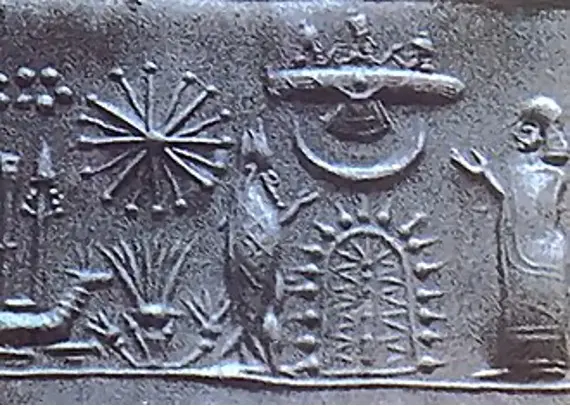
It is no secret to history lovers how deep and rich the Iraqi heritage and the multiplicity of its civilizations throughout its ancient history, we will go back in this article 5000 years to the past. To a page of forgotten Iraqi heritage, we swim in a world of ideas that oscillate between fact and fiction to raise a storm of questions within the minds. Today we will talk about ... Anunnaki.
Recommend
Who are the Anunaki?
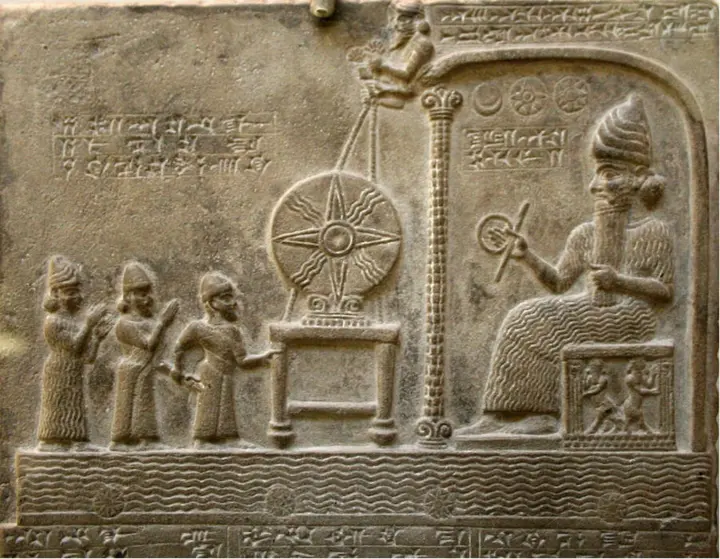
The Anunaki are a group of gods mentioned in some ancient Iraqi writings from the Sumerian, Akkadian, Assyrian and Babylonian eras that lived in the land of Iraq in the past, and they belong to a group called the Sumerian "Pantheon" goddesses, a group of gods linked to each other by certain historical events and rituals, and they are also known as the sons of the god of heaven "Anu" and the goddess of the earth "Ki", which literally means: Sons or followers of the god "Anu", which also means: children of the royal dynasty of the god "Anu", and is said to be the first generation of gods who were exiled and defeated by the minor gods. The term Anunnaki was first mentioned in inscriptions written during the reign of one of the most famous ancient Sumerian kings, King Godia, who ruled Iraq between 2144 BC and 2124 BC during the Third Dynasty in the city of your. The first Sumerian texts described the Anunnaki as the most powerful and important gods in the Sumerian Pantheon, and the Anunnaki included the seven deities who decided: Anne, Enlil, Enki, Ninhorsag, Nana, Otto, and Inana.
How many Anunaki are there?
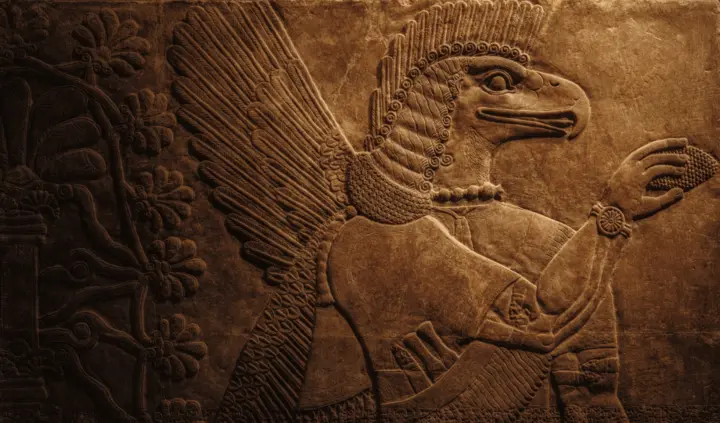
Some texts of the Sumerian Iraqi heritage mention that the Anunnaki are the seven gods who decide the fate of humans on earth, and they sit before the throne of the goddess of the underworld "Ereshkigal" to judge the dead, and they were considered twelve gods in the era of the Hittites after them, and many other Anunnaki outside the underworld were mentioned in other heritage texts, but although some other gods are described as members of the Anunaki, the names of all Anunaki have not been counted yet, and usually They are referred to scattered in some Iraqi heritage literary texts. Moreover, Sumerian texts describe the Anunaki almost randomly and do not agree on the total number of Anunaki, but it seems to us that the Anunnaki were defined as heavenly gods with enormous powers as mentioned in the poem "Enki and the World Order" in which he noted that the Anunnaki honored "Enki", and sang hymns of praise in his honor, and the same poem states twice that the Annonaki "decide the fate of humanity.
The Anunaki according to the Sumerian belief
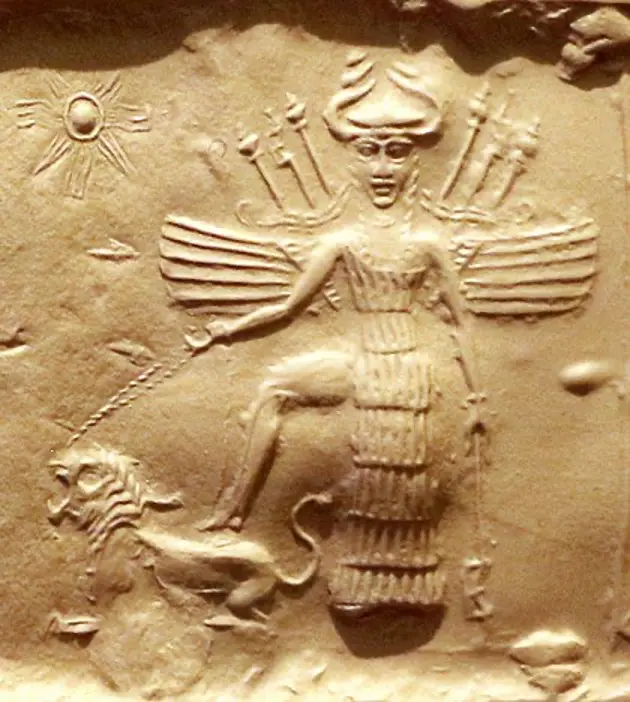
Almost every major god in the Sumerian Pantheon was seen as protecting a particular city, so the people waited for him to protect the interests of that city, and each god had a temple in which he resided permanently within each city, and the texts also state that the city of "Eridu", for example, is inhabited by fifty Anunaki. In the Sumerian city of Ineld, seven Anunaki serving as judges, where Inanna was tried as punishment for attempting to take over the underworld, accused of arrogance and sentenced to death.
The Anunnaki in Akkadian and Babylonian history

Who fears Anonaki? extends his life"
This is a fragment of an ancient Babylonian hymn that refers to the ancient Babylonian reverence for the Anunnaki, and Akkadian texts in 1531 BC depict the Anunnaki descending into the underworld, depicting the rest of the Anunaki as the gods of the underworld. In a brief Akkadian poem written in the early second millennium about the Anunnaki "Inana", Erichkegal, the queen of the underworld, commented that she drank water with the Anonaki, and later in the same poem, Erichkigal ordered the servant named Namtar to bring the Anunaki from the city of Igalgina and ordered the servants to decorate the thresholds of the throne with colorful corals.
The Anunaki and their relationship to space
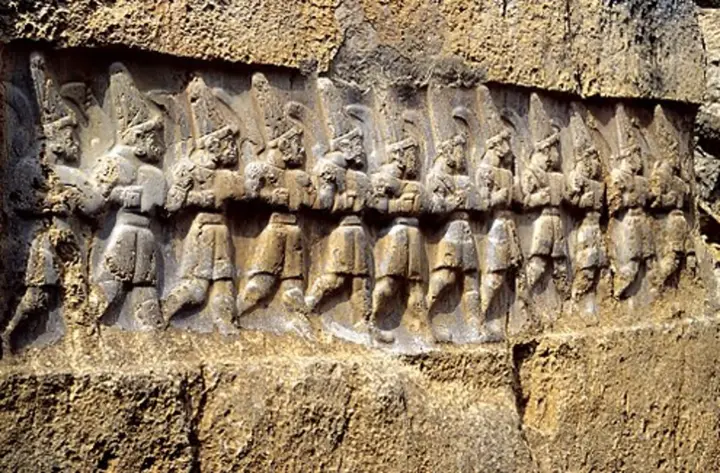
The main gods in Sumerian mythology were associated with specific celestial bodies, and "Inana" was believed to be Venus, "Otto" was believed to be the sun and "Nana" was the moon. Each group of orbits or stars was attributed to a particular Anunnake, so Anu was attributed to the equatorial sky, Enlil was attributed to the northern sky and Enki to the southern sky, and the path of Enlil's celestial orbit was continuous as a symmetrical circle around the north celestial pole, but it is believed that the circles of Anu and Enki intersect at different points.
The worship of the Anunnaki in Mesopotamia
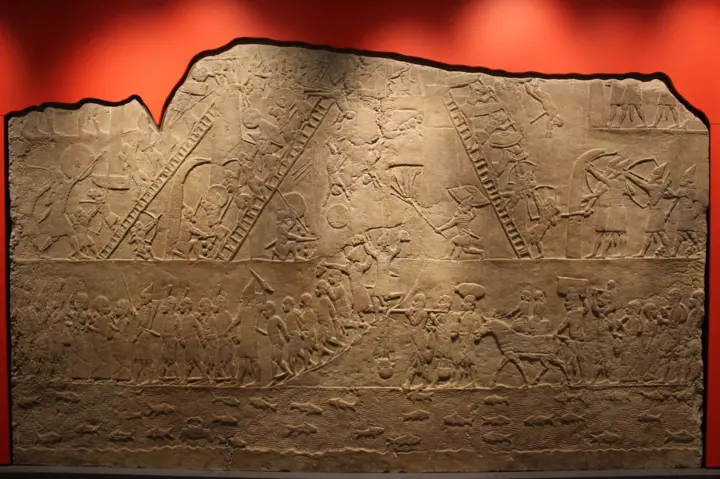
The ancient peoples of Mesopotamia believed that their gods lived in heaven, that they visited the earth several times as mentioned in ancient Iraqi heritage texts, and that the statue of the god was a physical incarnation of the god himself. As such, ancient worship statues in Iraq received constant care and attention and a group of priests were appointed to care for them. These priests wore statues and held banquets in front of statues of their gods. The temple of the god is believed to be the literal residence of that god, and the gods had full-size boats and barges usually stored inside ancient temples of Iraq, and were used to transport statues of their gods along waterways during various religious festivals. The gods also had carriages that were sometimes used for transport where the idol of the god was transported to the battle site so that the god could watch the battle, as it was believed that the main deities of Mesopotamia, which included the Anunaki, participated in the "pool of gods", through which the gods made all their decisions. This gathering was seen as a divine counterpart to the semi-democratic legislative system that existed during the Third Dynasty of your (2112 BC - 2004 BC).
The Anunnaki in the real world
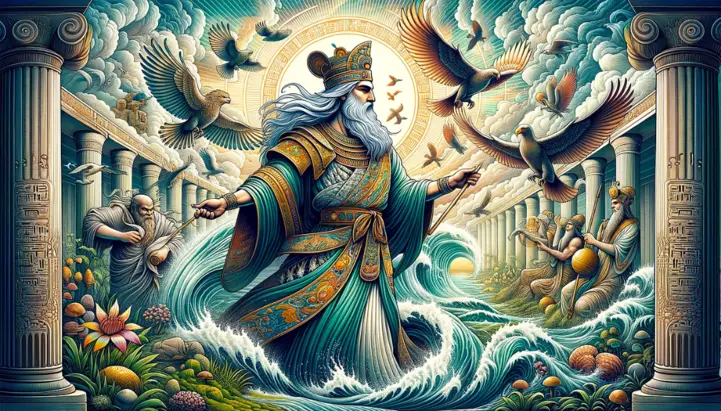
The Anunnaki are mainly mentioned in the Iraqi heritage literary texts, and very little evidence has been discovered that can prove the fact that any sect existed, we say a sect because each member of the Anunaki had his own individual sect, and similarly, no data has yet been discovered about Anunnaki as a complete group, although some photographs of two or three individual members have been identified together. Ancient Mesopotamian gods were mostly individually anthropomorphic, thought to possess extraordinary powers and were often seen as of enormous physical size. The gods usually wore the melam, a mysterious and frightening substance that covered the bodies of the Anunnaki, and the melam could also be worn by heroes, kings, giants, and even demons. The effect of human vision of "melam" is called "ni," meaning physical tingling. The gods were always depicted wearing two-horned hats, consisting of seven superimposed pairs of bull horns, and sometimes depicted wearing clothes with elaborate gold and silver decorations sewn into them.
The secret of Europeans' interest in Anunaki
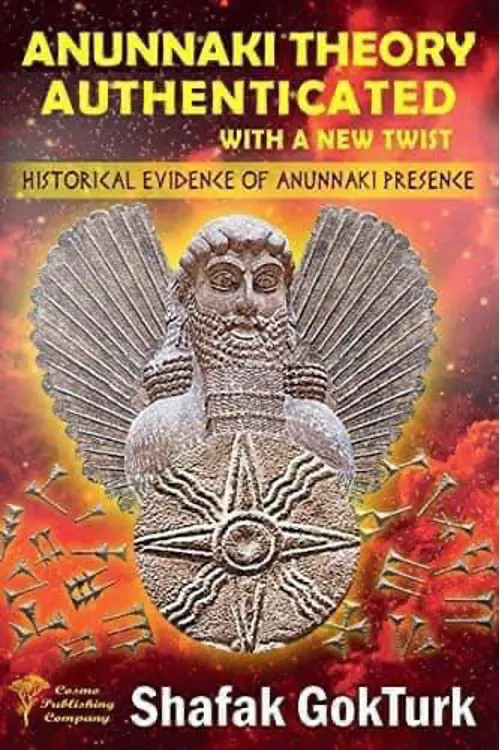
In 2018, the Turkish writer "Sefak Gokturk" in his book written in English entitled: "Historical Evidence of the Anunaki Existence" referred to some evidence that supports the fact that the Anunnaki were present on the land of Iraq, and he collected that evidence in his book, and raised many questions about the keen interest of European scientists in everything related to the Anunaki. The writer concluded the fact of the existence of the Anunaki after listing his evidence, and pointed to the secret of the huge scientific leap that occurred in the last decades of the life of humanity in an attempt to prove that the Anunaki are the owners of that science and that the Europeans have rediscovered that science through their study of the effects of the Anunaki relying on some ancient archaeological tablets recorded in cuneiform script, which according to him talks about the coming of the Anunaki from the planet "Nibiru", which is located on the edges of our solar system and that they are advanced aliens. He also based his conclusions on some Quranic verses and some biblical and biblical sources, and paraphrased some archaeological statements of famous historians such as "Herodotus" and "Peresus". The writer is considered one of the famous Turkish writers who have a history in the history of ancient civilizations and has many lectures on the Anunaki, and he also devoted another book called "The Goddess Inanna", one of the Anunaki known for her rebellion, and has an exciting story that ended with her execution at the hands of other Anunaki.
Anunaki and conspiracy theory
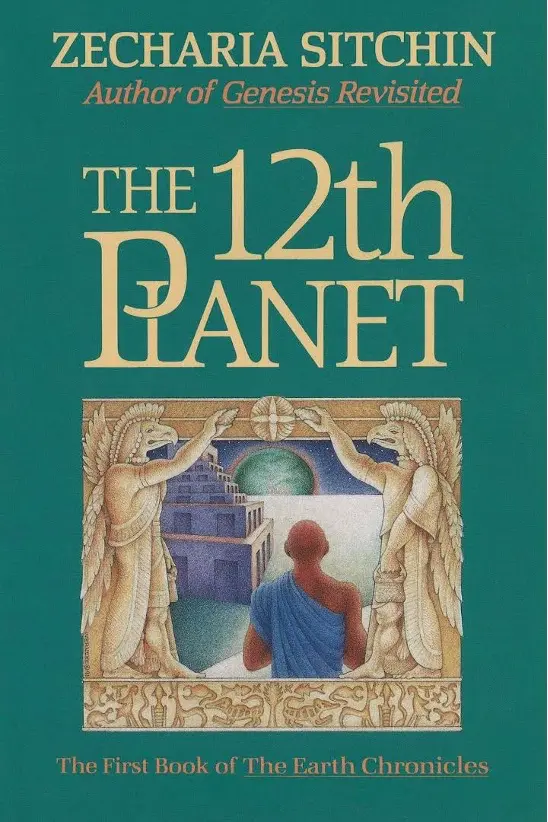
The writer "Shafak" was not the first to talk about the conspiracy theory about the reality of the Anunaki, but he was preceded by many in this matter, such as "Erich von Denniken", who wrote a book entitled: "Chariots of the Gods" in 1968 AD to put forward the same thesis, and also wrote "Zachariah Sechin" a book called "The Twelfth Planet" as an attempt to prove the theory of the coming of the Anunaki from the planet "Nibiru", and wrote "David Ick" and others similar books in which they refuted evidence and proofs to prove the fact that the Anunnaki exist and that they are not humans. The owners of the first and last word regarding the Anunaki remain the people of Iraq, they know their history more than others, and perhaps they resolve the dispute with books that chronicle this stage scientifically to show the world the truth of the Anunaki, regardless of what they are, Iraq remains its land with the greatest civilizations throughout history, whether the Anunaki inspired by imagination or they were humans or even extraterrestrials.








